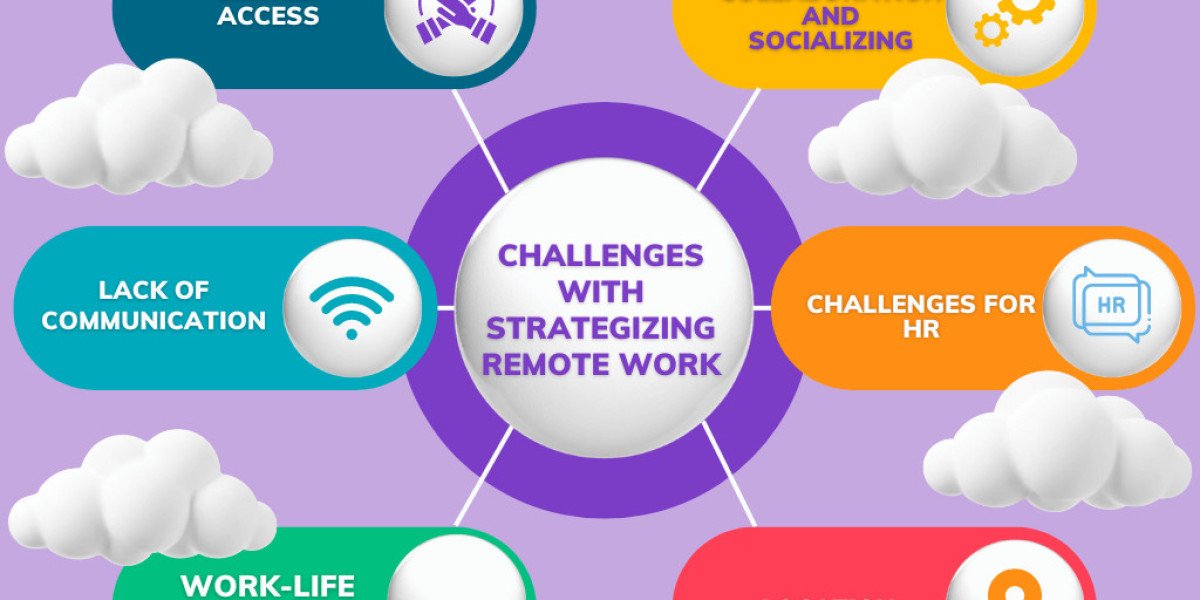Introduction: In recent years, the world has witnessed an unprecedented growth in technology, leading to a digital revolution that has transformed various aspects of our lives. One area where this revolution is particularly evident is in education. Digital transformation in education has revolutionized the way we learn, breaking down barriers and creating new opportunities for students and educators alike. This article explores the impact of digital transformation on education and how it is reshaping the learning landscape.
Enhanced Access to Learning: Digital transformation has made education more accessible than ever before. With the rise of online learning platforms and educational apps, students can now access a wealth of knowledge and resources from anywhere in the world. This has opened up educational opportunities for those in remote areas, individuals with physical disabilities, or those who are unable to attend traditional classrooms due to various constraints. The internet has become a vast repository of information, enabling students to explore subjects beyond the limitations of their physical classrooms.
Personalized and Adaptive Learning: Traditional classrooms often follow a one-size-fits-all approach, where teachers deliver the same content to all students. Digital transformation has revolutionized this model by introducing personalized and adaptive learning. Educational software and platforms utilize algorithms to analyze individual learning styles, preferences, and progress. This data is then used to tailor learning experiences and provide targeted feedback, allowing students to learn at their own pace and in a way that suits their unique needs. Adaptive learning ensures that students receive the right level of challenge, fostering a deeper understanding and increased engagement.
Interactive and Engaging Content: Digital tools have transformed static textbooks into interactive learning experiences. Educational videos, simulations, and gamified content are now widely used to engage students and make learning more enjoyable. These multimedia resources capture students' attention and stimulate their curiosity, facilitating better retention and understanding of complex concepts. The integration of virtual reality (VR) and augmented reality (AR) technologies further enhances the learning experience, providing immersive and interactive environments for students to explore and learn from.
Collaboration and Global Connectivity: Digital transformation has eliminated geographical boundaries, connecting students and educators from around the world. Online collaboration tools, video conferencing, and social learning platforms enable students to work together on projects, share ideas, and learn from diverse perspectives. This global connectivity fosters cultural understanding, promotes collaboration skills, and prepares students for the interconnected world they will be part of. Educators can also connect with peers globally, sharing best practices and gaining insights to enhance their teaching methodologies.
Data-Driven Decision Making: Digital transformation in education generates a vast amount of data, offering valuable insights into students' learning patterns, strengths, and areas for improvement. Educators can leverage this data to make informed decisions about curriculum design, instructional strategies, and personalized interventions. Data analytics help identify learning gaps and adapt teaching approaches to address individual student needs effectively. By utilizing data-driven decision making, educators can optimize learning outcomes and continuously improve the educational experience for all students.
Challenges and Considerations: While the benefits of digital transformation in education are substantial, it is essential to acknowledge and address the challenges that come with it. Adequate infrastructure, reliable internet connectivity, and access to devices remain barriers in many parts of the world. Additionally, ensuring data privacy and security is crucial to maintain the trust of students, parents, and educators. It is also vital to provide appropriate training and support for educators to effectively integrate digital tools into their teaching practices.
Conclusion: Digital transformation in education has revolutionized the way we learn and teach. It has broken down barriers, enhanced access to education, personalized learning experiences, and fostered global connectivity. By leveraging technology, educators can create engaging and interactive learning environments that cater to the diverse needs of students. However, it is crucial to address challenges and ensure equitable access to digital resources for all learners. As digital transformation continues to evolve, education will continue to be reshaped, empowering learners and enabling them to thrive in an increasingly digital world.









